So often, we decorate our homes based around how we want them to look and function – but have you ever stopped to think about the actual feeling you’d like your space to invoke?
[Image credit] Styled by Kirsty Saxon and Karen Barlow, with photography by Si Thompson, as featured in The New Mindful Home
So often, we decorate our homes based around how we want them to look and function – but have you ever stopped to think about the actual feeling you’d like your space to invoke? In a Pinterest and Instagram-fuelled era it’s all too easy to get sucked into following a particular trend or style without really considering whether deep down it’s truly going to help us feel happy, or calm, or joyful – or any other emotion we might want our homes to help us achieve.Our resident writer Joanna Thornhill has just released her third book, The New Mindful Home (£14.99, Laurence King Publishing), which offers a fascinating deep dive into this topic, examining through stunning case studies and a smattering of neuroscience how we can harness the power of design to benefit our emotions as well as our eyes. Here, she shares three key takeaways from the book:
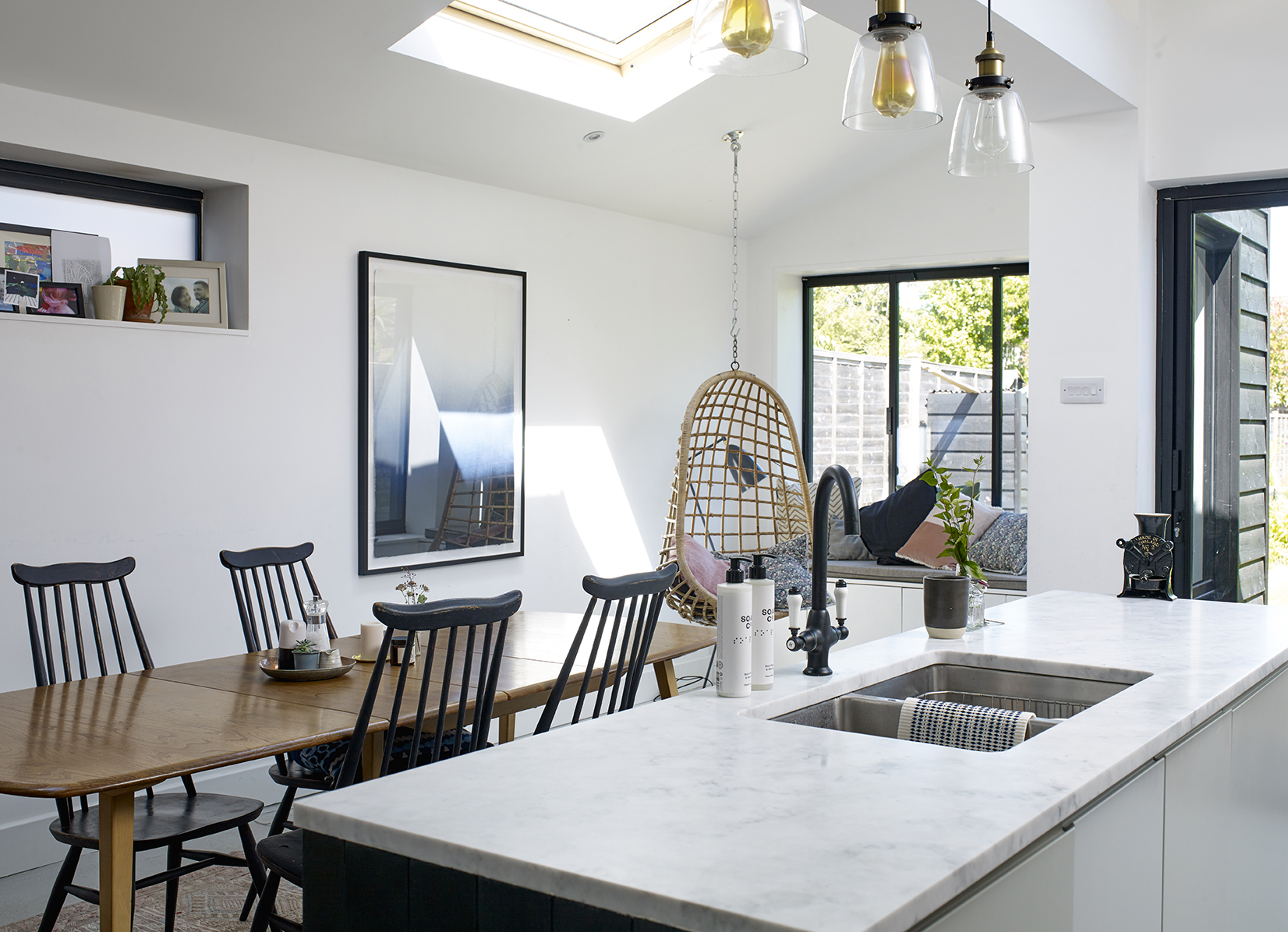 [Image credit] The home of Emily Mathieson of lifestyle store Aerende, photographed by Jon Aaron Green - as featured in The New Mindful Home
[Image credit] The home of Emily Mathieson of lifestyle store Aerende, photographed by Jon Aaron Green - as featured in The New Mindful Home
1. Know your type: According to the Happiness Research Institute, our homes account for 15% of our overall happiness in life. So if your home design is working against rather than for you, what’s the best way to remedy this? Before you dive into deciding whether your preferred aesthetic is Rustic Scandi or Cottagecore Boho, take a moment to look within: what do you need your rooms to provide you with? Is it a feeling of cocooning and shelter to help you relax and unwind at the end of the day? Perhaps you want to feel more connected to your family or housemates, and would like a more social living space that better enables this. Or maybe you prefer a simpler space, free of too many visual distractions and stimulants, giving you more headspace and clarity.
Taking some time to carefully consider your emotional needs is a step well worth investing in, whether you’re decorating a new home or simply looking to update an existing room. These needs may well vary from room to room – or indeed, during different stages of your life (it’s no coincidence that many of us have been adding more colour and warmth to our spaces during lockdown, as an antidote to the loss of outside stimulus). Think as well about your personality type – if you’re an introvert, for example, you might feel more comfortable in a home with several smaller rooms rather than one large, open space, while an extrovert may find themselves more drawn to a less divided layout and prefer a maximalist decorating scheme to something very pared back.
 [Image credit] Holly & Co, as featured in The New Mindful Home
[Image credit] Holly & Co, as featured in The New Mindful Home
2. Think small: One thing we’ve all realised over the past year is the satisfaction of shopping local and supporting small businesses and makers. Although this was more of a necessity than a conscious choice in the heady days of Spring 2020, many consumers are planning to continue shopping in their vicinity, even as things open up again. By shopping from local designers and retailers, in turn we increase our sense of belonging, giving us a deeper connection to the products we procure as we learn a little more about the shopkeeper or maker.
Luckily in Waltham Forest, we’re spoilt for choice when it comes to ethical shopping for our homes: Venner Store on Francis Road stocks a range of eco-friendly homes and lifestyle products, including handmade items from local creatives, while up on Hoe Street in neighbouring Walthamstow, The Every Space offers gifts, plants and flowers from many independent brands.
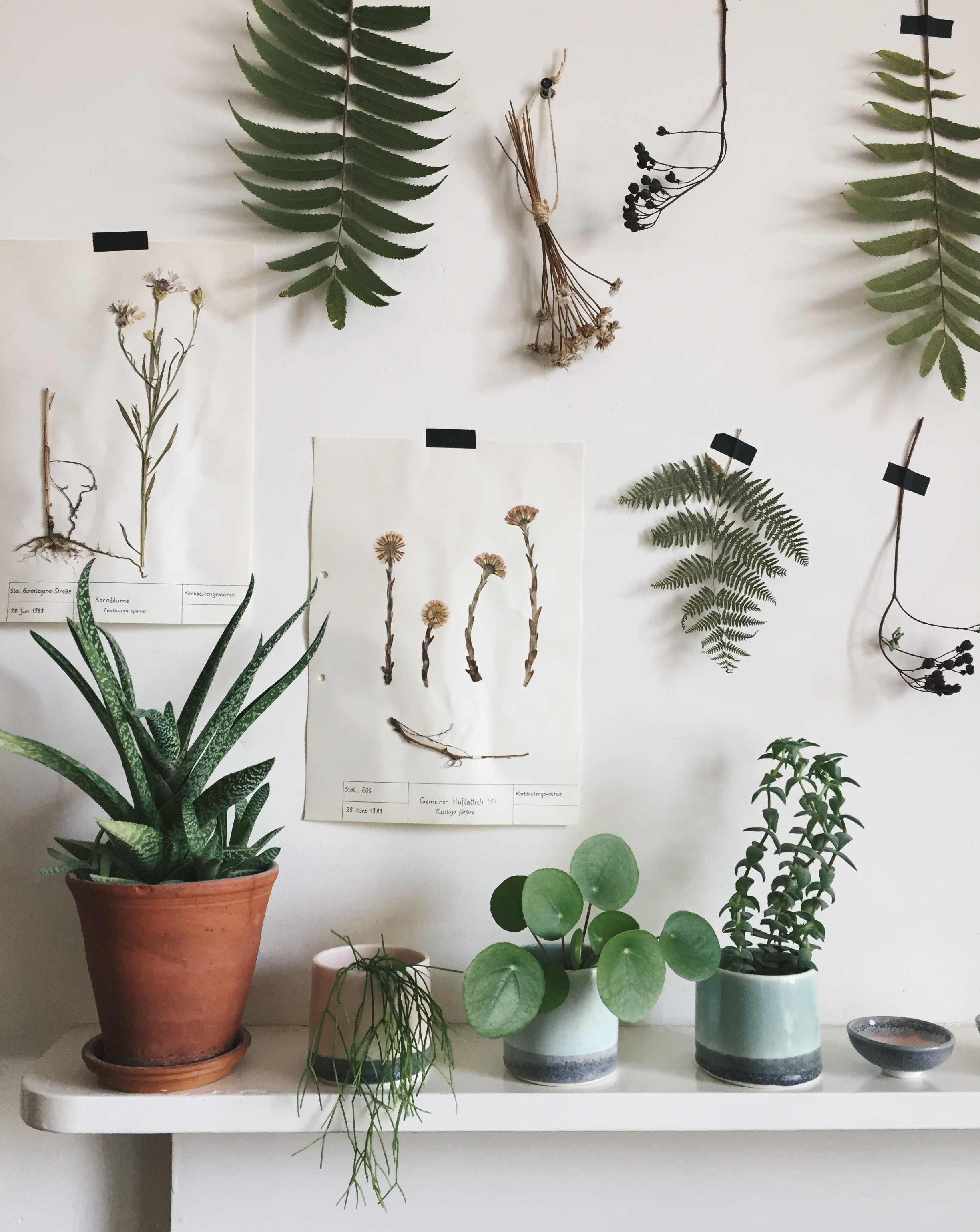 [Image credit] Lewis Map Store, as featured in The New Mindful Home
[Image credit] Lewis Map Store, as featured in The New Mindful Home
3. Bring in some biophilia: You may have heard the term biophilia – meaning in essence to connect our interior spaces to the natural world outside – but did you know this is backed up with strong scientific findings? Studies have shown that immersing ourselves in nature can lower our cortisol stress levels, while surrounding ourselves in wood-clad spaces can even bring down blood pressure.
Luckily you don’t need to make drastic interior changes to tap into these benefits, however. Studies have also shown that simply incorporating artwork into our homes that depicts scenes from nature, or bringing in wooden furnishings where the natural grain of the timber is still visible, can still go some way towards helping you feel calmer and more contented. Even more abstract depictions, such as a wallpaper which depicts tree bark or contains a painterly leaf design can make a difference. And of course, a ubiquitous house plant won’t go amiss either.

[Image credit] The cover of The New Mindful Home by Joanna Thornhill, courtesy of Laurence King Publishing
To discover more about these topics in-depth, and many more besides, Jo’s book is available via Amazon or, in the spirit of supporting small businesses, try your local bookshop instead or visit Bookshop.org to shop online from an independent store. We’d love to know what tips you try out!
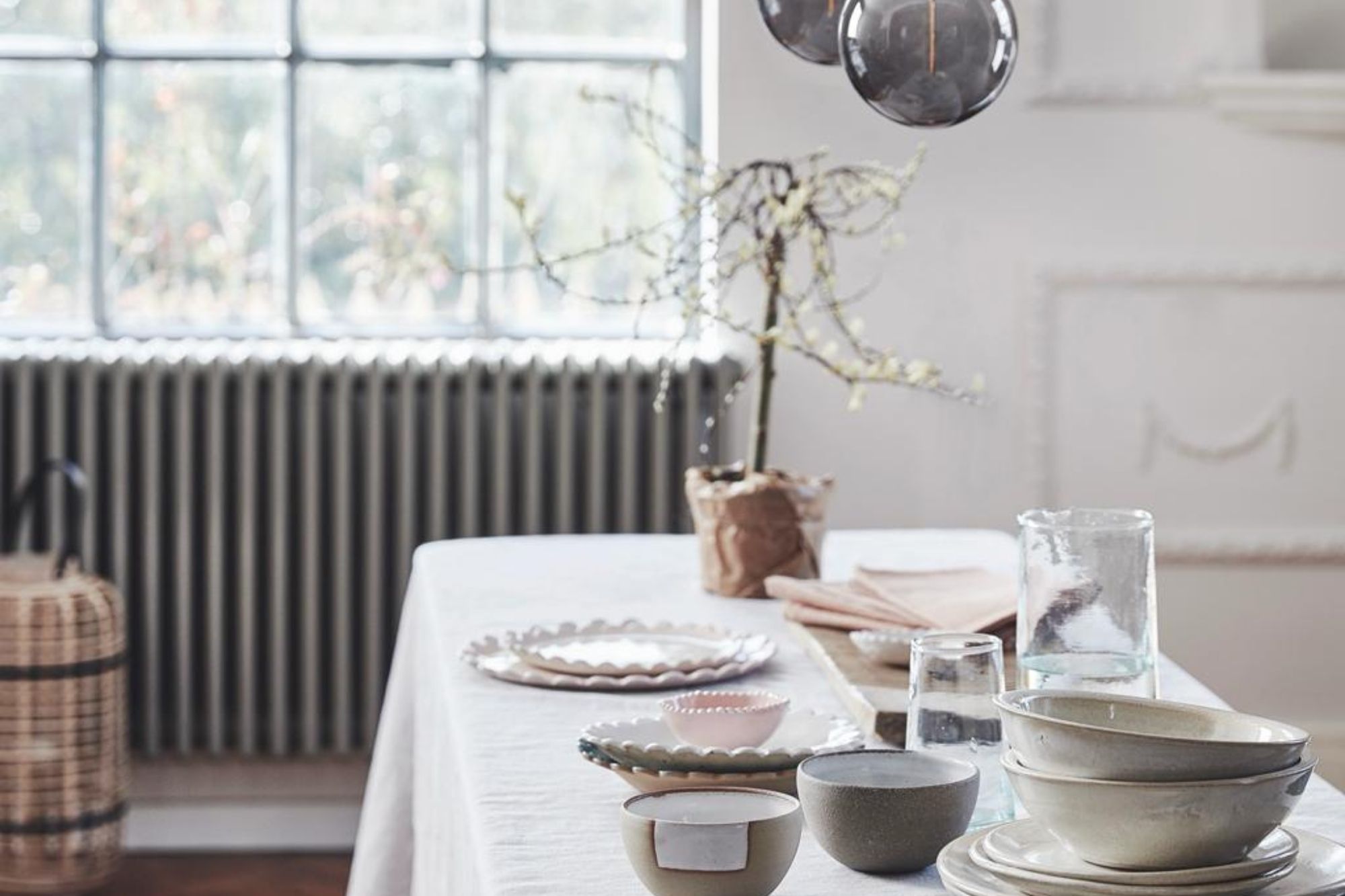

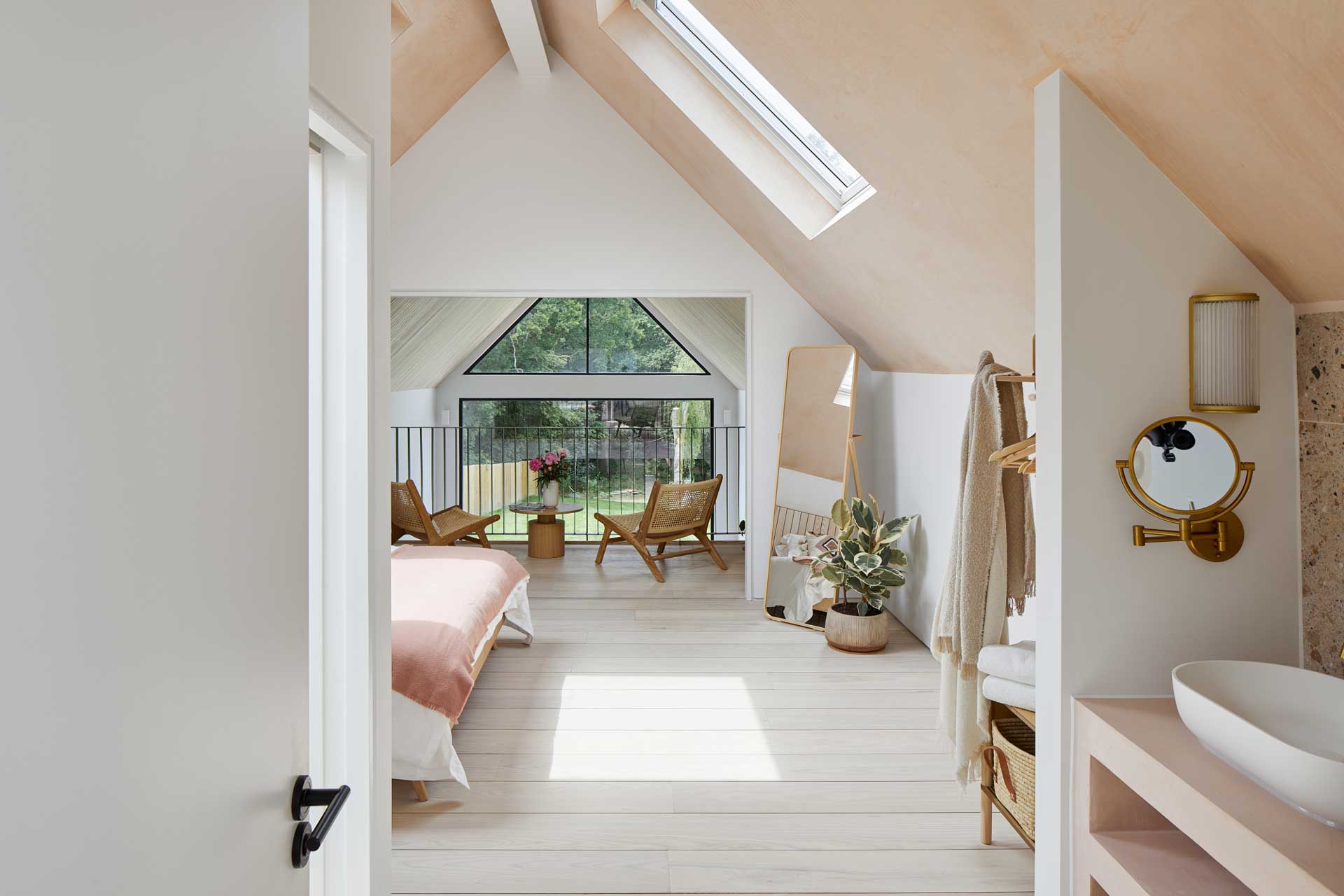
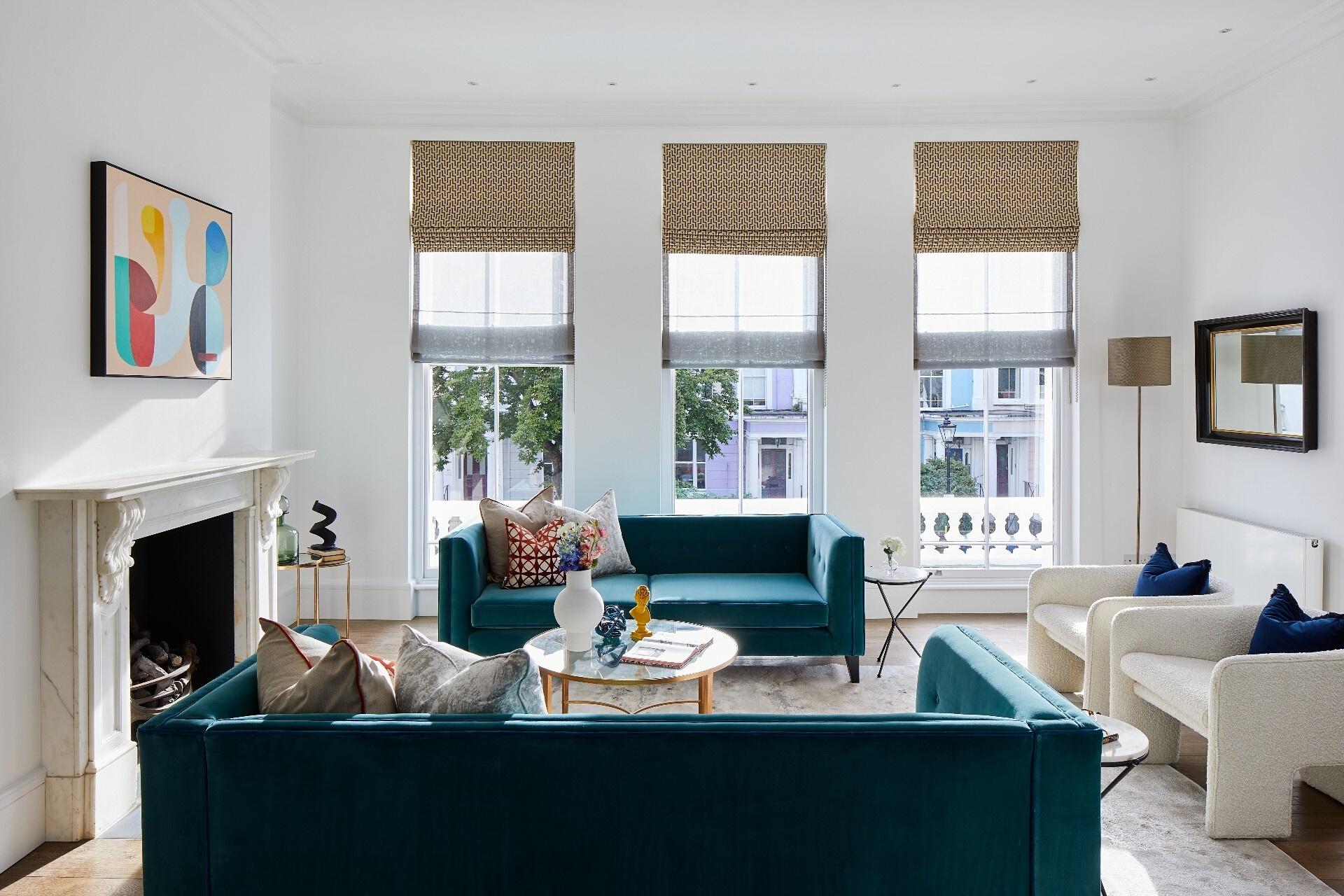
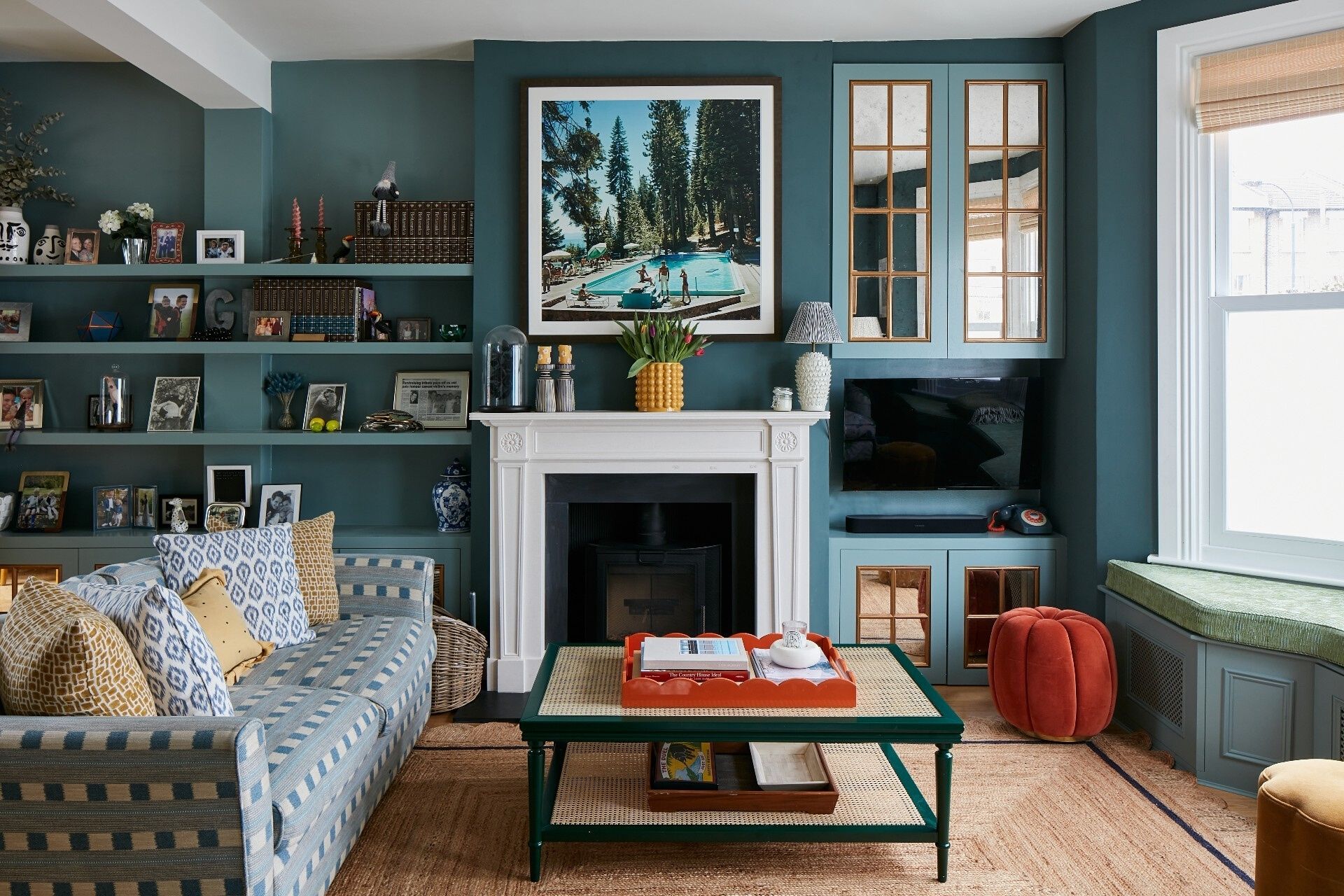
Share this with
Email
Facebook
Messenger
Twitter
Pinterest
LinkedIn
Copy this link